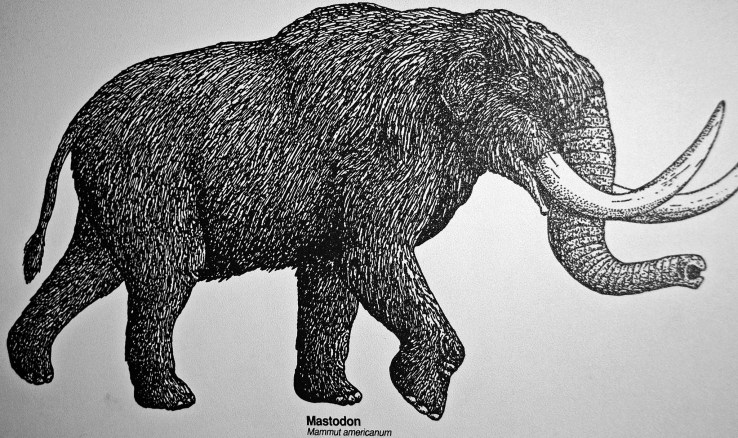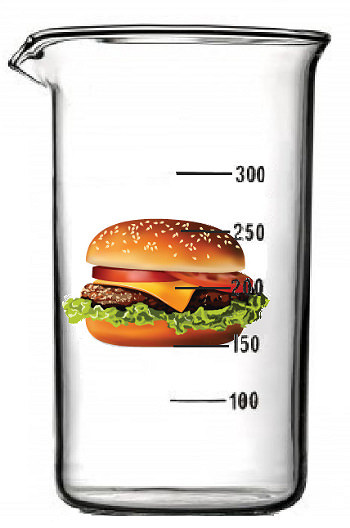Making mastodon gummies, Geltor is recreating a truly paleo diet

Most paleo dieters try to stick to some type of regimen similar to what they think our distant, pre-agricultural ancestors might’ve eaten. Few, however, talk about eating literally what those ancestors ate. Yet for Geltor, a Silicon Valley-backed start-up based in San Leandro, synthethic biology became the ticket for creating just such a literal understanding of the paleo diet.
When humans first arrived in North America, we found a continent filled with gargantuan animals. Mastodons may have been the biggest, but sadly for these long-tusked relatives of Asian elephants, they didn’t evolve around Homo sapiens and consequently were little match for us. Very quickly, they and other so-called megafauna found themselves endangered and then totally extinct. Some of the vanquished beasts remain today, however, sealed shut in icy graves that have preserved their bodies for millennia.
And as with all ancient organisms, if there’s any protein still to be found on them, it’s probably going to be in the form of collagen, the abundant molecule found throughout much of our bodies. Indeed, humanity has now taken an initial step toward resurrecting the huge creatures on whom our forebearers feasted, at least at the molecular level, by sequencing the long-gone animal’s proteins. Anyone with an Internet connection can freely access the mastodon’s protein sequences in just a few seconds.
Enter Geltor, which is using fermentation to essentially reverse engineer collagen—and its byproduct gelatin—from microbes like bacteria. In a process similar to how baker’s yeast produces CO2 to make bread rise and brewer’s yeast produces alcohol, Geltor uses microorganisms to produce actual collagen strands. Cofounders Alex Lorestani and Nick Ouzounov program the genetic code into the microorganism, which then starts pumping out the desired proteins.
After mastering this ability with DNA sequences of animals still walking the earth, in late 2015, Lorestani and Ouzounov decided to take their experiments to (pre)historic heights. Geltor sent an order to a DNA printing company to get a vial of DNA encoding mastodon collagen. Once secured, the scientists put it through their process and started producing actual mastodon gelatin.

Image: PASIEKA/SCIENCE PHOTO LIBRARY/Getty Images
Lorestani and Ouzounov could’ve made gummy bears, but the two cofounders thought it’d be cooler to order an elephant mold from Etsy instead. (They couldn’t find mastodon molds, but it’d be hard to tell the difference anyway, they figured. Gummy elephants would have to do.) Very quickly, after mixing their gelatin with some sugar and pectin, the world had its first mastodon gelatin candy. Watching Ouzounov put the small gummy elephant in his mouth, Lorestani thought, “Man, this is the first time anyone’s eaten mastodon protein in a really long time.”
In other words, perhaps the only truly paleo diet today.
The company’s since gone on to raise millions of dollars in investment, and is producing real collagen from more conventional animal DNA that it’s now selling into the cosmetic market. It even grew an actual sheet of leather, cow-free of course, and produced the world’s first lab-grown leather-bound book.
Geltor is part of a group of start-ups pioneering the field of clean animal products: real animal foods grown without having to raise and kill animals. The term is a nod to “clean energy,” but in addition to lightening the “food-prints” of animal products by growing them with far fewer resources, clean meat (and gelatin) is just cleaner from a food safety perspective.
Rather than risking contamination from intestinal pathogens—like E. Coli and Salmonella—that can plague the meat industry today, divorcing meat production (and its byproducts like gelatin) from livestock-raising could be a food safety advocate’s dream come true. It also opens up all types of functionalities that just don’t exist when we’re locked into obtaining animal protein from animals themselves.

Photo courtesy of Flickr/Mike Licht
“As a food community, we’re settling for protein production platforms we have at our fingertips.” Lorestani observes, sitting in his office—shared with fellow start-up Memphis Meats that’s growing real meat from animal cells as opposed to animal slaughter—cloaked in his signature gray hoodie. “Mostly that means exploiting animals, or in some cases plants that are really abundant. We’re really good at producing huge numbers of animals, and it’s worked okay for a while. But today animal agriculture is a big strain on our civilization, and we can do better. That’s what we want to show.”
The idea of eating protein from extinct animals may not be appealing to everyone, paleo-loving or not, but the way we produce animal products today is simply unsustainable for the species currently inhabiting our planet, human beings included. It’s no secret that our high demand for meat and other animal products is a leading driver of wildlife extinctions today.
Because of the work food tech companies like Geltor are doing today, we may soon have a much safer, eco-friendlier, and humane way of bringing animal products to our tables. It’s also a way just might prevent more species from going the way of the mastodon.
Featured Image: James St. John/Flickr UNDER A CC BY 2.0 LICENSE